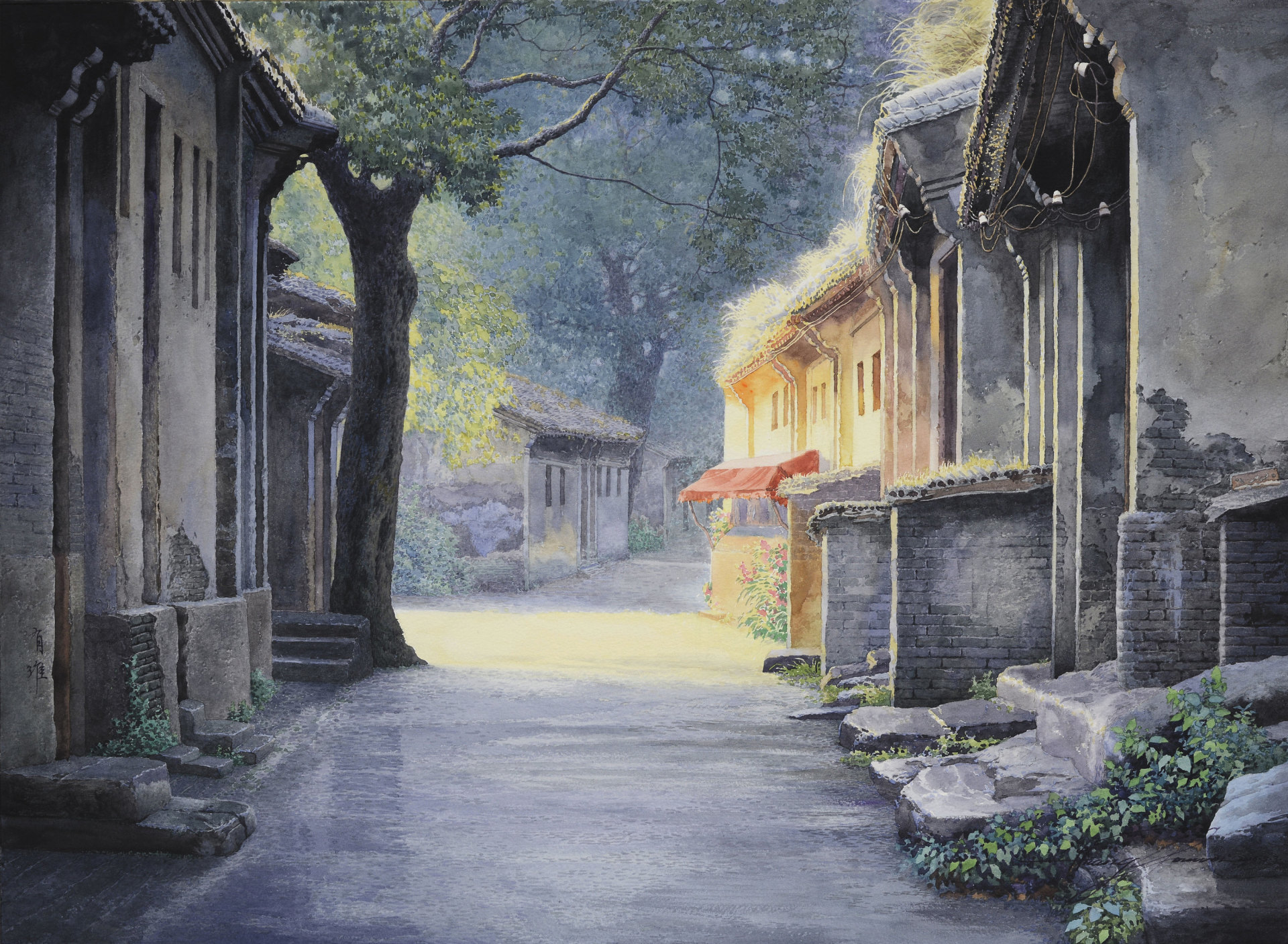Information

Hutongs were first formed during the Yuan Dynasty (1271 - 1368) and reached their peak during the Ming and Qing Dynasties (1368 - 1911), when the number of hutongs significantly increased to 2,076. It is said that by 1949, there were as many as 3,250 hutongs. However, over time, due to urban construction demands, their number sharply declined, and most of the existing ones have been transformed into tourist attractions related to street food, shopping, and bars. Therefore, the preservation of hutongs has become an urgent issue for modern people. Currently, there are over 1,000 hutongs in Beijing. The hutongs crisscross each other, forming a unique old Beijing landscape. The hutongs are best preserved in the Dongcheng, Xicheng, and Qianmen areas, making them the best places for tourists to explore hutong culture. As one of the most representative symbols of local culture, Beijing's hutongs are often a classic leisure travel route, typically recommended for a 1-2 hour walking tour, during which you can take a rickshaw for a more unique experience.
Address: F509-5A Altantic Place, Chaoyang District, Beijing 100102, China
Telephone: 86-10-64751236 Fax: 86-10-64751236 E-mail: info@topchinatour.com
Copyright© Top China Tour Co.,Ltd.

